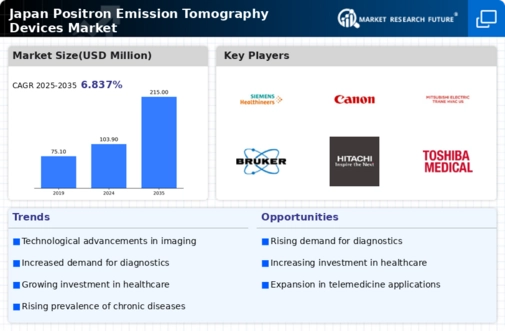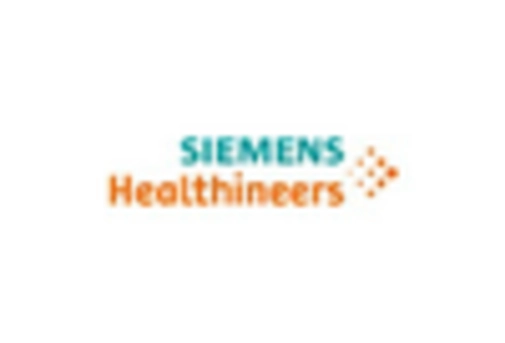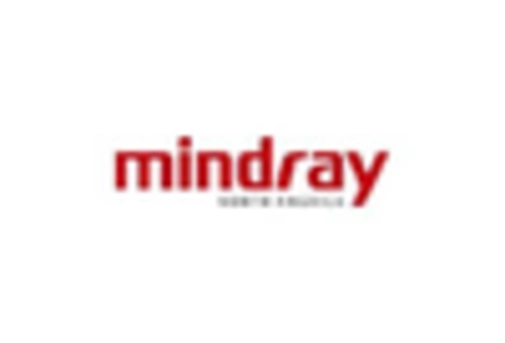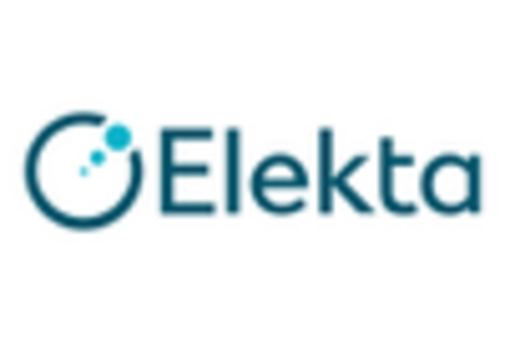The Japan Positron Emission Tomography (PET) Devices Market is characterized by a competitive landscape that is heavily influenced by technological advancements and evolving healthcare needs. With a growing demand for precise diagnostic tools in oncology, cardiology, and neurology, the market is seeing an influx of innovative products designed to enhance imaging quality and patient outcomes.
The intense competition among key players leads to continuous improvements in device functionality and service offerings, as companies strive to establish strong footholds in the market. Factors such as regulatory standards, reimbursement policies, and professional training programs also play a crucial role in shaping the competitive dynamics of this sector.
Siemens Healthineers
Siemens Healthineers is a prominent player in the Japan Positron Emission Tomography Devices Market, holding a significant market share due to its commitment to innovation and quality. The company's advanced PET imaging solutions focus on providing high-resolution images and fast scan times, catering to the increasing demands of healthcare professionals and institutions.
Siemens Healthineers boasts a robust distribution network in Japan, enabling it to effectively reach hospitals and clinics across the country. With ongoing investments in research and development, the company continues to enhance its product portfolio, ensuring that it remains at the forefront of advancements in medical imaging technologies.
Additionally, Siemens Healthineers emphasizes robust after-sales support and customer service, further solidifying its reputation and reliability among users in the market.
United Imaging Healthcare
United Imaging Healthcare has been expanding its presence in the Japan Positron Emission Tomography Devices Market through a strategic focus on delivering cutting-edge imaging technologies that meet the specific needs of Japanese healthcare providers. The company is known for its innovative PET/CT systems, which combine positron emission tomography with computed tomography to improve diagnostic accuracy.
United Imaging Healthcare focuses on superior image quality, workflow efficiency, and patient safety, making its offerings attractive to healthcare practitioners. The company has been active in forming partnerships and engaging in collaborations, which enhance its ability to disseminate advanced medical imaging solutions.
Furthermore, United Imaging Healthcare's commitment to customer service and localized support has enabled it to build strong relationships with healthcare facilities across Japan. Through its strategic acquisitions and enhancement of product lines, the company is positioned for continued growth within the competitive PET devices landscape in Japan.




















Leave a Comment